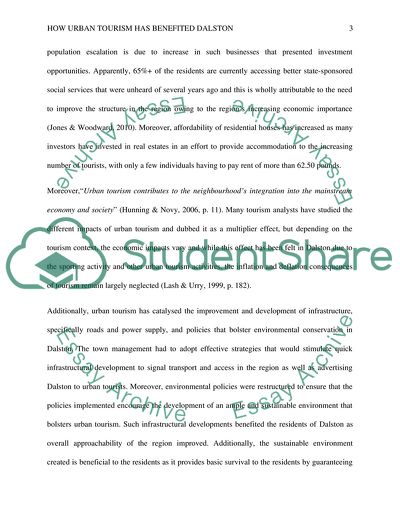Cite this document
(How Urban Tourism Has Benefited Dalston Essay Example | Topics and Well Written Essays - 2000 words, n.d.)
How Urban Tourism Has Benefited Dalston Essay Example | Topics and Well Written Essays - 2000 words. https://studentshare.org/tourism/1841338-urban-tourism
How Urban Tourism Has Benefited Dalston Essay Example | Topics and Well Written Essays - 2000 words. https://studentshare.org/tourism/1841338-urban-tourism
(How Urban Tourism Has Benefited Dalston Essay Example | Topics and Well Written Essays - 2000 Words)
How Urban Tourism Has Benefited Dalston Essay Example | Topics and Well Written Essays - 2000 Words. https://studentshare.org/tourism/1841338-urban-tourism.
How Urban Tourism Has Benefited Dalston Essay Example | Topics and Well Written Essays - 2000 Words. https://studentshare.org/tourism/1841338-urban-tourism.
“How Urban Tourism Has Benefited Dalston Essay Example | Topics and Well Written Essays - 2000 Words”. https://studentshare.org/tourism/1841338-urban-tourism.


